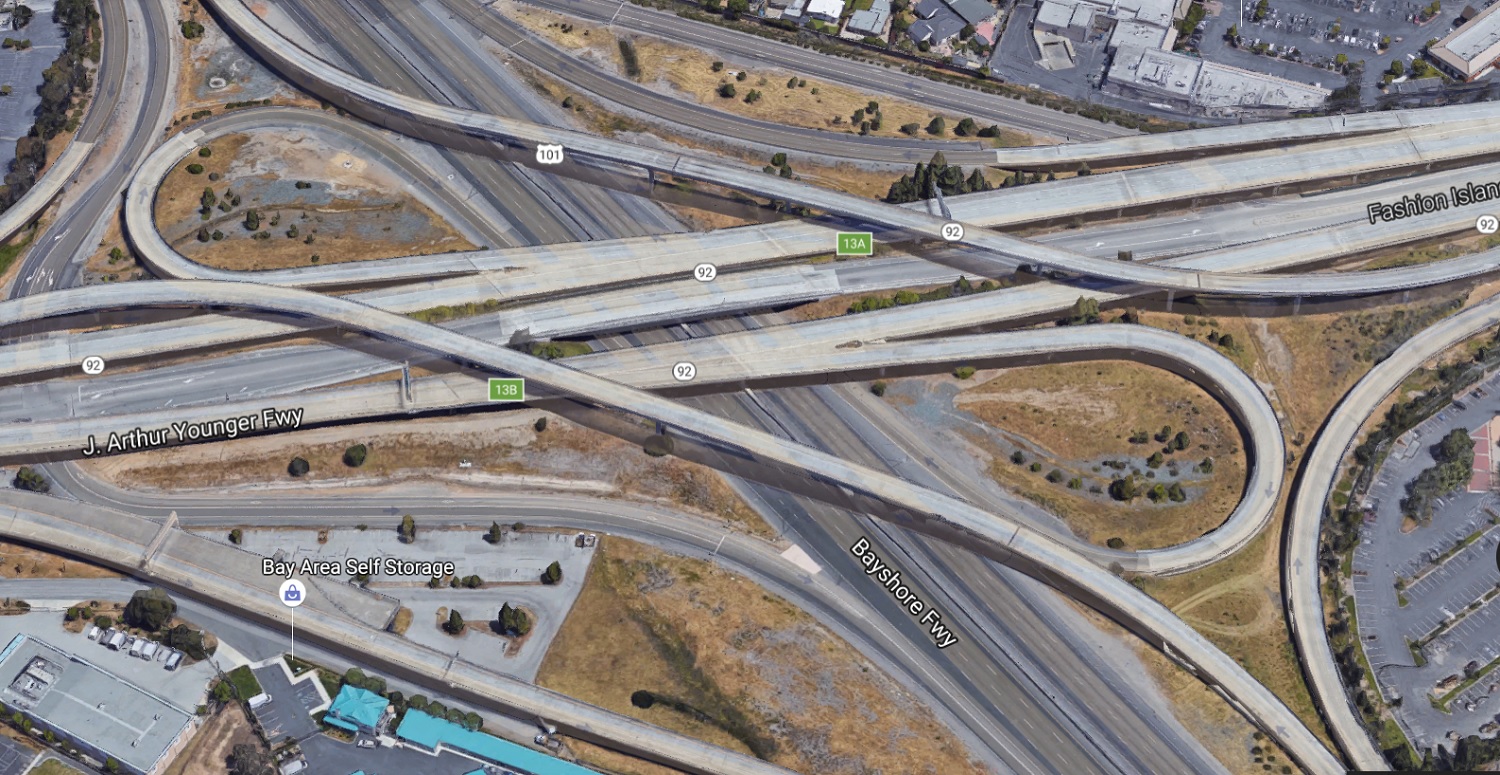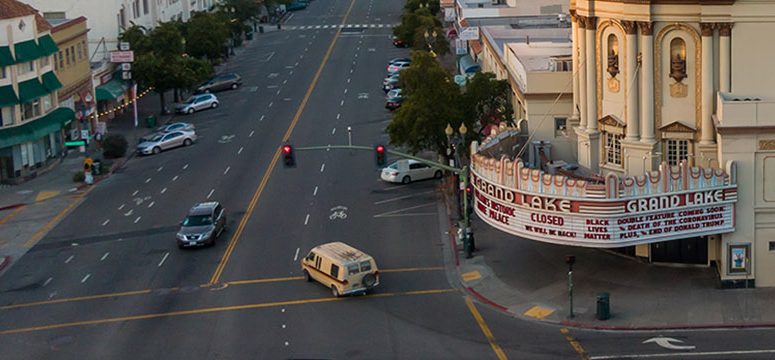Note: GJEL Accident Attorneys regularly sponsors coverage on Streetsblog San Francisco and Streetsblog California. Unless noted in the story, GJEL Accident Attorneys is not consulted for the content or editorial direction of the sponsored content.
The Strategic Growth Council (SGC) is sponsoring ongoing discussions of a groundbreaking report on the state of California transportation investment and planning.
On the evening of Wednesday, April 20, the SGC will host a public discussion of the California Transportation Assessement - also known as the A.B. 285 report - from 5:30 to 7:30 pm. The purpose of the webinar is to discuss insights and recommendations from the report's authors and to gather ideas from the public on actions that the state should take to make the necessary changes.
Register for the webinar here.
The SGC is also asking for input via a survey, which can be found here.
The California Transportation Assessment was written in compliance with A.B. 285 to identify factors that prevent transportation and planning agencies from focusing on climate and equity goals. It found that, despite clear direction from various sources - including the Air Resources Board, the Governor, and the California State Transportation Agency - California is still investing the vast majority of its transportation funding in unsustainable ways that will ultimately make traffic congestion and air quality worse.
Specifically, California is still building miles of new freeways, even while it doesn't have the money to maintain what has already been built, and even though those new miles will make it easier for more people to drive when it has become abundantly clear that what needs to be made easier is to NOT have to drive.
The report notes that over time the size and complexity of transportation planning and funding have become their own force, making any change difficult. The various state entities charged with realigning funding with climate goals sometimes seem to be at a loss as to where to start.
One of the recurring topics is an effort to figure out how to adjust what projects are in the "pipeline" - that is, projects that have been in the planning stages for years. Many of these no longer align with current state or regional goals, but have the momentum of time on their side. And as funding starts to come in from the state budget surplus and the federal infrastructure bill, outdated and harmful highway widening projects are lining up for it.
Many other questions need to be addressed, including what tools regional governments might need to be able to deliver on the tasks they have been set, including aligning transportation and land use planning goals - and how to increase transparency and collaboration among agencies so that goals can be aligned and the public can see where its money goes.
The California Transportation Assessment can be found here, and a recent discussion at SPUR provides more information.






